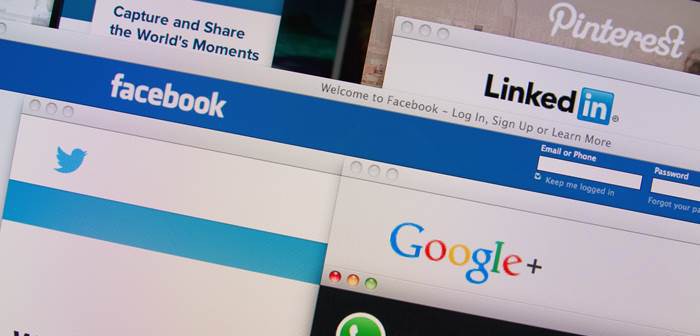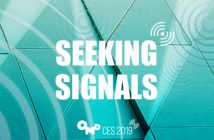While ‘programmatic’ and ‘native’ were the buzzwords being thrown about at Adweek, we went to some great talks that put some substance behind the buzz and threw up some new ideas. We’ll be sharing some of our selected highlights over the next few days…
Monday saw Bruce Daisley from Twitter and Neil Mortensen from Thinkbox share their new research, and proving that a combination of TV+Twitter punches above its weight in building an emotional connection between brands and people. Using Thinkbox’s need state model for TV viewing, they highlighted that people in a ‘lean back’ state are ‘meerkatting’. Sadly nothing to do with Aleksandr or Sergei, videos showed people flicking their attention between the TV screen and companion screen (usually phone or tablet) in rapid succession.
The good news for brands is that this multiscreening helps to keep people in the rooms for the broadcast ads. But we got more excited about people in ‘lean forward’ mode. We know we’re social animals and we like to chat about a programme while it’s on. That’s nothing new, but Twitter is extending this to a wider ‘virtual sofa’ with people following the hashtag feed while they watch. If anyone watched the final ‘First Dates’ episode last week, they’ll agree that the feed can make a programme much funnier (tiny man with short man syndrome says ‘you’re as attractive as a giant ant’ – #Really?) Comedy and reality shows have a steady flow of conversation throughout while Twitter commentary tends to book-end dramas (when we hunker down to concentrate on Homeland, we’re not in the mood to chat). If brands can find an appropriate way to join the conversation, go for it. The timely ‘Should have gone to Specsavers’ comment when referee Andre Marriner red-carded Kieran Gibbs instead of Alex Oxlade-Chamberlain in Arsenal’s recent football match against Chelsea, it was a great example of how the rewards a brand can reap from a well-timed tweet (Specsavers later gained 5,800 retweets and 7,600 Facebook likes when it became the Sun headline).
Bruce and Neil then went a step further to show that TV+Twitter can tangibly shift brand metrics. A Sainsbury’s case study showed that while TV alone drove 4% increase in emotional response to the brand, TV+Twitter drove 21% increase. For purchase intent, the stats jumped from 8% to 21% respectively.
So the upshot of all this is that as planners we need to understand peoples’ moods when they’re watching a particular programme, and help people discover content and conversation on social platforms. While we like to think our comments are unique to us (and us a unique wit), the reality is that commentary for a repeated programme is scarily similar with the same ebbs and flows. So for repeat programmes or series with a standard formula, we can plan commentary to some extent while remaining open to simultaneous opportunities. Facebook claims to deliver the same engaging chat but with much higher reach, but we’d like to see such comprehensive research to back this up.
Read more here: http://www.thinkbox.tv/tvtwitter-research-helps-brands-get-closer-to-conversation




